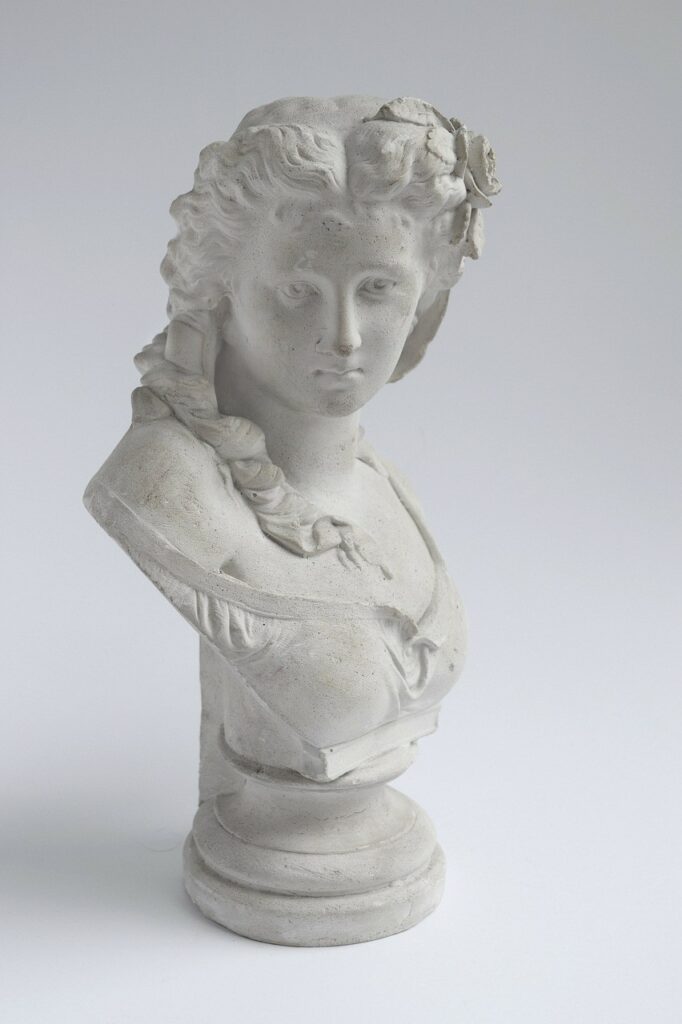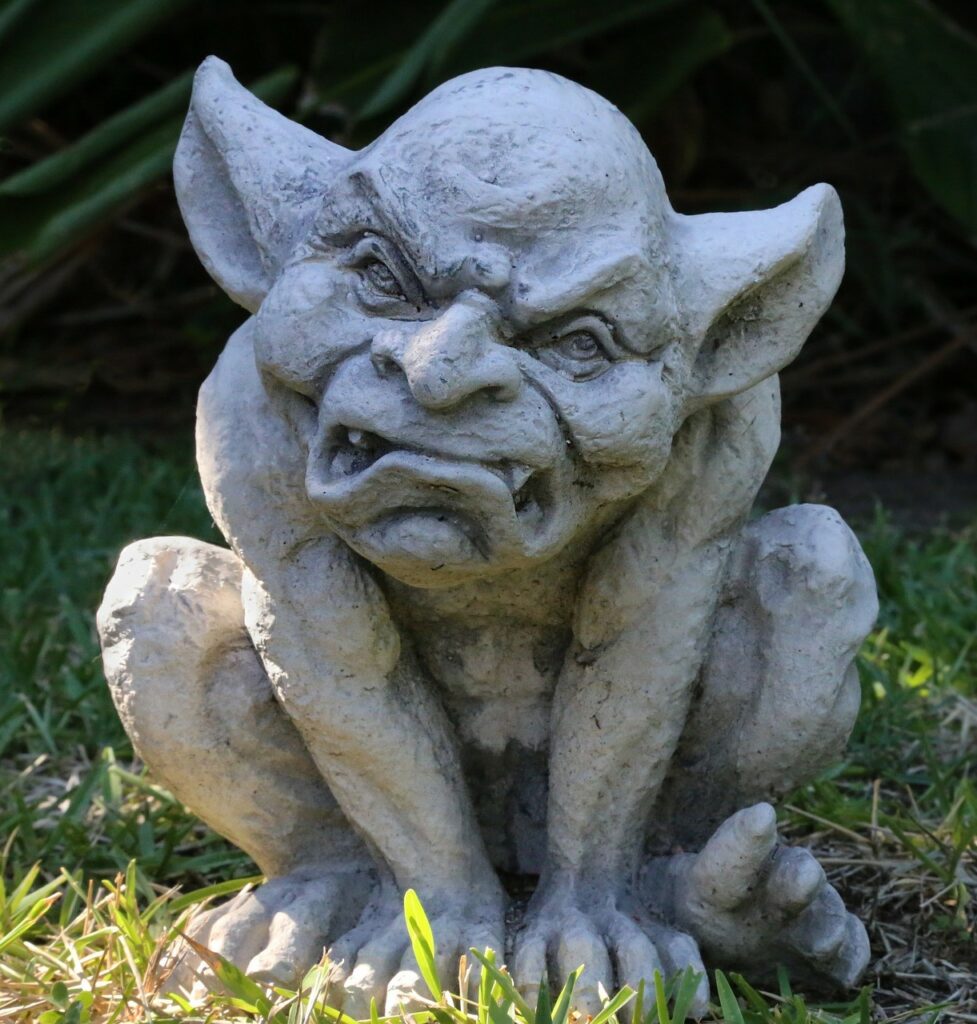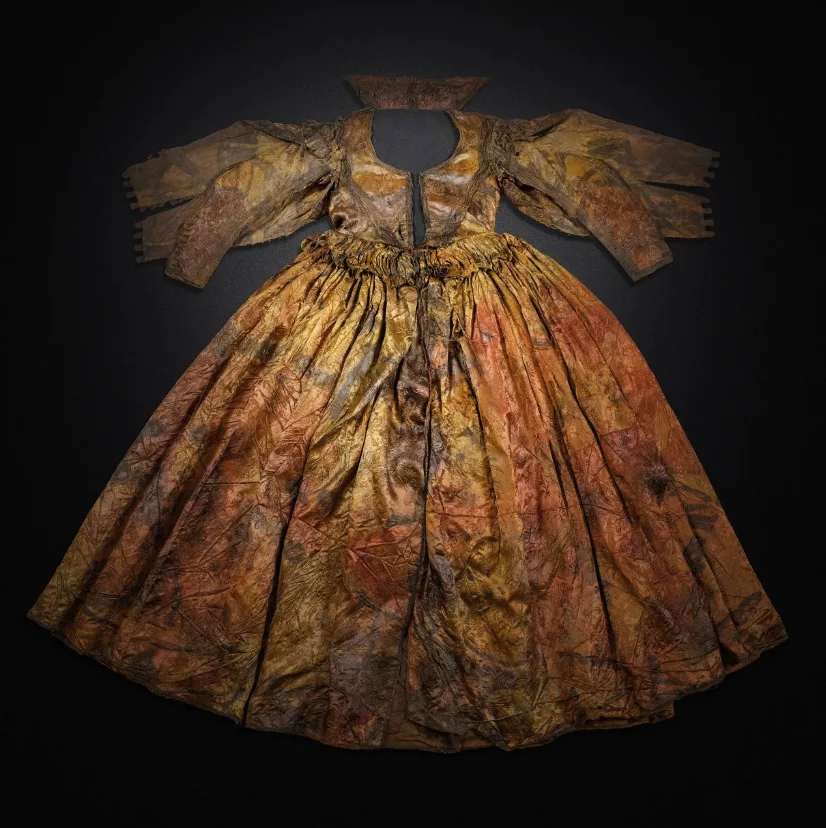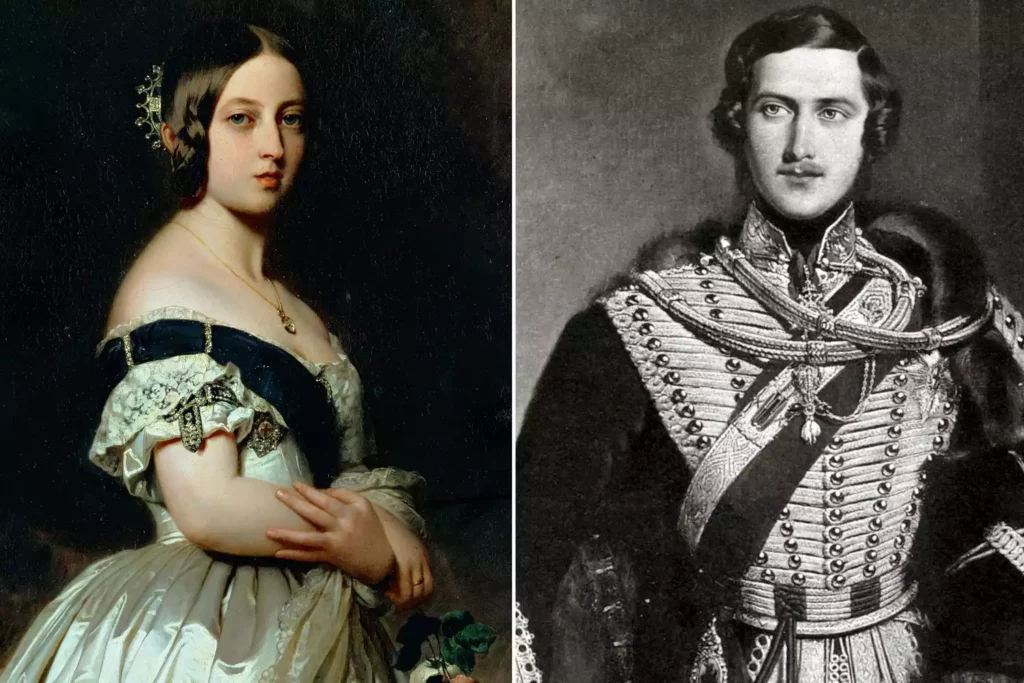Let’s take a trip back in history to learn how bridesmaids dressed from 625 B.C. to 1840 A.D. Styles are updated and colors change as does the role of the bridesmaid from performing the bride’s bodyguard to being one of her friends. Read on to find out more!
According to a particular bit of wisdom, “Everything old is new again.”
That applies to the fashion of bridesmaids’ dresses: Trends from centuries ago are reappearing at weddings today!
Let’s explore the history of bridesmaids’ gowns from their earliest appearance in history to today.
The Ancient Roman Empire (625 BC-476 AD)
What was the bridesmaid wearing?
That depends on when the wedding was held. If the wedding took place in early Rome, both women and men wore togas. (Yes, John Belushi fans, “Toga! Toga! Toga!”)
In about the 3rd. century BC (or BCE), a new garment was invented for women: the stola. The stola was a long dress worn over a tunic and differentiated men from women. Men continued to wear togas which I’m sure made John Belushi and Animal House fans ecstatic!
Why were bridesmaids needed? Since a Roman wedding required 10 witnesses to be considered a legal marriage, the wedding party was that set of 10 witnesses. Bridesmaids and groomsmen were the members of the bridal party just as they are today.
Not much happened for centuries until…


The 1400s in Europe
Why did the bridesmaids dress exactly like the bride?
Two reasons:
- If the bride was from a wealthy family, another family might want to kidnap her and marry her to their son. They would hire armed men to capture the bride.
However, the groom was prepared: His best man was actually the best swordsman the groom could hire to defend his bride.
Further, the groomsmen were actually a small army to defend the bride.
Like an army, these wedding participants were stationed around the bride and groom.
The small army of groomsen was closest to the door and thus defended the couple first.
The best man/best swordsman was the last line of defense: He stood between the groomsmen and the couple trying to get married.
OK, so much for defense of the bride. The bridesmaids protected the bride too by dressing identically. This confused the kidnappers who came to the wedding because didn’t know which woman to kidnap!


2. It was believed that there were good spirits which could bless and evil spirits which could curse someone.
While the benevolent spirits were smart enough to know whom to bless, the same could not be said of the evil spirits.
The bridesmaids and bride dressed identically to confuse the evil spirits so that they wouldn’t know which person to curse and upon whom to enact their bedevilments.
This would account for the evil spirits not being mentally equipped to enter the spirits’ equivalent of the Gifted Program if they could be fooled so easily.
1600s in Europe
In the majority of cases, the bride wore her best dress to her wedding. If she could, her dress would be in the colors listed appropriate for her age in years.
- Teenaged brides wore green, the color of young love.
- A bride in her mid-20s wore brown.
- Older brides wore black.


The bridesmaid wore her best dress as well. If she could, she wore one of the colors previously listed.
One notable exception to these colors for brides is the exquisite wedding dress found in Dutch merchant ship which sadly sank during a violent storm in 1660.
This stunning, lavish wedding gown had pieces of silver woven into the fabric so that the gown captured and reflected the candle light of the cathedral where the wedding took place.
This made the dress appear to glow as the bride walked up the aisle.
Luckily, this exquisite dress was found! In 2010, divers off Trexel, one of the largest islands in the North Sea, discovered that the trunk in which the dress was sealed preserved the dress intact. The dress is now on display in a Dutch museum.
In Part 2, we’ll discover how Queen Victoria changed bridal fashion forever!
Images courtesy of Pexels.com, Pixabay.com, SmartHistory.com, and 1715 Fleet Society, Inc.
© 2023. Come Rain or Shyne, LLC. All rights reserved.





